Mid 20th Century Thai solid silver and niello photograph frame. Upright, rectangular design decorated with foliage. Hallmarked Sterling (925 standard), Thailand.
Nielloware art and jewellery has always been very popular in Thailand, However, the niello technique does not seem to have originated in Thailand. It is said that it was introduced by the Persians or the Portuguese to Thailand since both countries had an early presence in Siam.
This frame is an exceptional example of Thai niello work, such pieces were only made for the Royal house and presented to foreign diplomats as gifts. The tradition of presenting nielloware objects as State gifts goes back to the reign of King Narai of Ayutthaya (1656-1688). Pieces of the finest quality can only be viewed at the Nakhon National Museum and the V&A (The Arts of Thailand)
The process of creating niello objects is very complicated and elaborate. Hence, it requires great skill from the craftsman: the object to be decorated, commonly of silver or gold is incised with a traditional Thai pattern. The areas which are to be the background are carved in deep relief and filled with niello which is a black mixture of metallic alloys of lead, copper and silver. Afterwards the niello is fused with the metal of the object by heating. The object is then smoothed by hand with a file and polished. Additional details can also be incised during the filing and polishing process. In the finished article, the silver or gold base of the object stands out and contrasts with the matte black background.
CONDITION
In Great Condition - Wear expected with age. Please refer to photographs.
SIZE
Height: 15 cm // 5.91 in
Width: 10 cm // 3.94 in
Depth: 10 cm // 3.94 in
Weight: 175 g // 5.78 ozt
Cadre photographique thaïlandais en argent massif et niellé du milieu du XXe siècle. Droit, de forme rectangulaire, il est décoré de feuillages. Poinçonné Sterling (925 standard), Thaïlande.
L'art et les bijoux niellés ont toujours été très populaires en Thaïlande. Cependant, la technique du niellage ne semble pas être originaire de Thaïlande. On dit qu'elle a été introduite en Thaïlande par les Perses ou les Portugais, ces deux pays ayant été très tôt présents au Siam.
Ce cadre est un exemple exceptionnel du travail du niellage thaïlandais. De telles pièces n'étaient fabriquées que pour la maison royale et présentées aux diplomates étrangers en guise de cadeaux. La tradition de présenter des objets niellés comme cadeaux d'État remonte au règne du roi Naraï d'Ayutthaya (1656-1688). Les pièces de la plus haute qualité ne peuvent être admirées qu'au musée national de Nakhon et au V&A (The Arts of Thailand)
Le processus de création d'objets en nielle est très compliqué et élaboré. L'objet à décorer, généralement en argent ou en or, est incisé d'un motif traditionnel thaïlandais. Les zones qui constitueront l'arrière-plan sont sculptées en profond relief et remplies de nielle, un mélange noir d'alliages métalliques de plomb, de cuivre et d'argent. Le nielle est ensuite fusionné avec le métal de l'objet par chauffage. L'objet est ensuite lissé à la main à l'aide d'une lime et poli. Des détails supplémentaires peuvent également être incisés pendant le processus de limage et de polissage. Dans l'article fini, la base argentée ou dorée de l'objet ressort et contraste avec le fond noir mat.
ÉTAT
En très bon état - Usure due à l'âge. Se référer aux photographies.
TAILLE
Hauteur : 15 cm
Largeur : 10 cm
Profondeur : 10 cm // 3.94 in
Poids : 175 g // 5.78 ozt
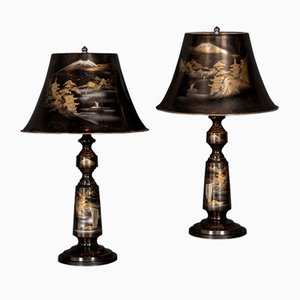

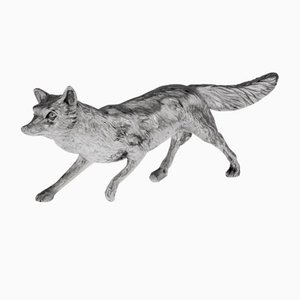



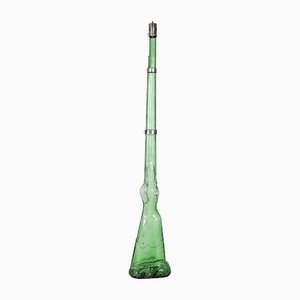

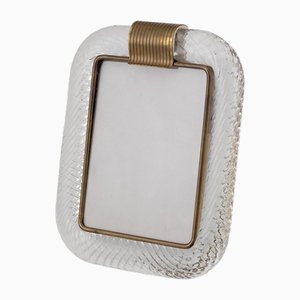




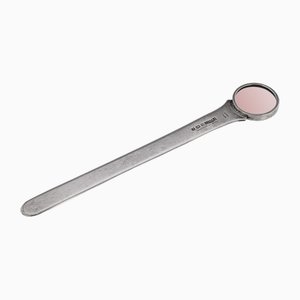
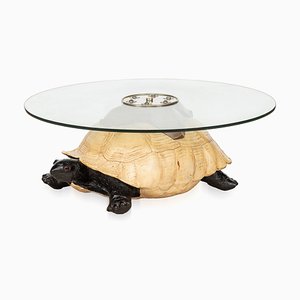

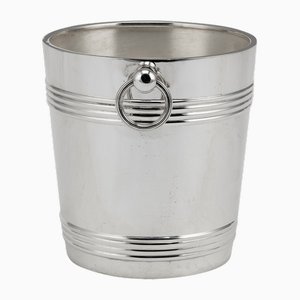

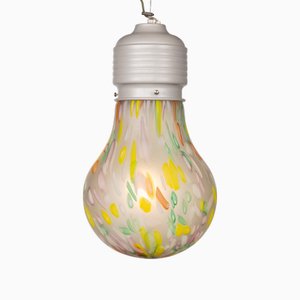

Contactez-nous
Faire une offre
Nous avons remarqué que vous êtes nouveau sur Pamono !
Veuillez accepter les Termes, Conditions et Politique de Confidentialité
Contactez-nous
Faire une offre
Vous y êtes presque!
Pour suivre votre conversation sur la plateforme, merci de compléter votre enregistrement Pour procéder avec votre offre sur la plateforme, veuillez compléter l’enregistrement.Envoyé!
Merci pour votre message, un membre de notre équipe vous contactera rapidemment
Si vous etes un professionnel du design, merci de vous inscrire ici pour pouvoir profiter de bénéfices exclusifs